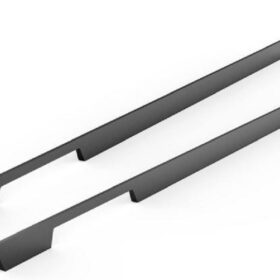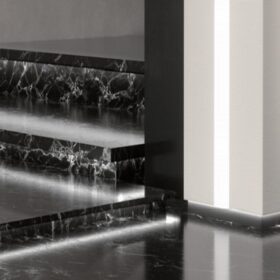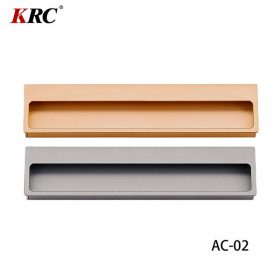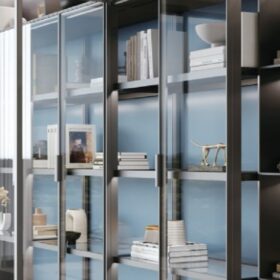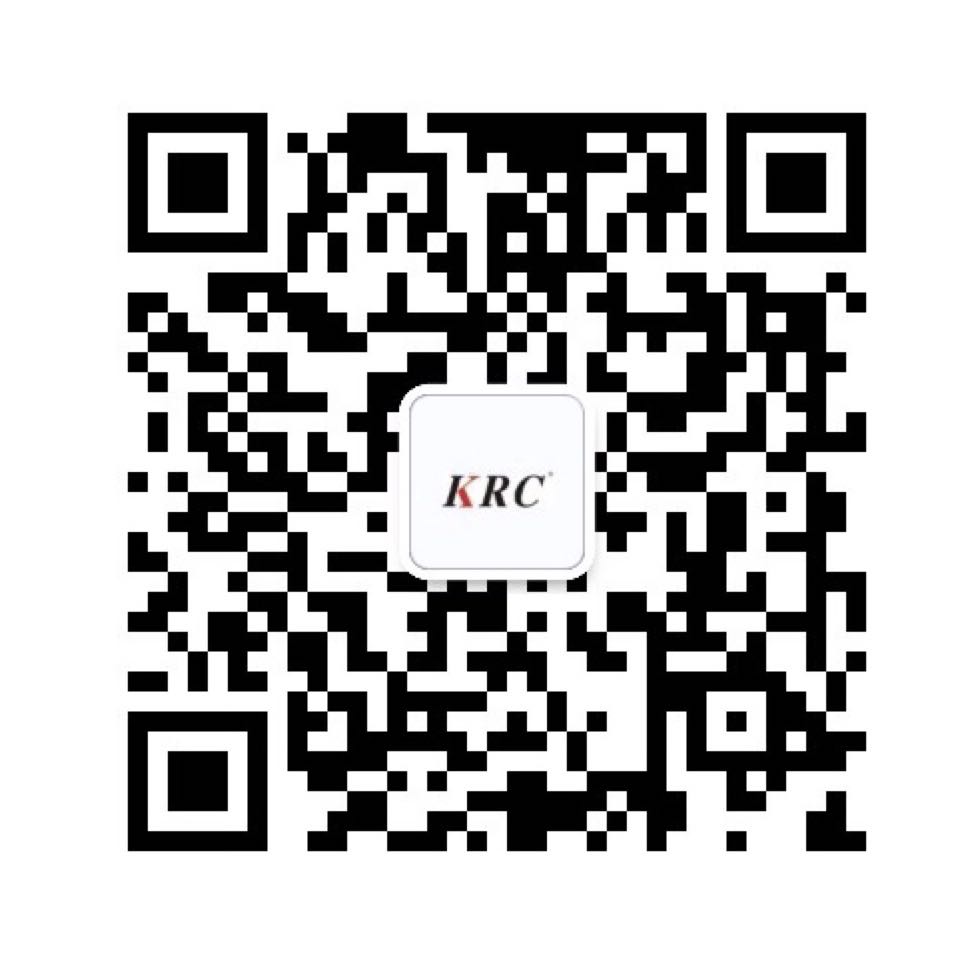The Environmental Impact of Aluminum Profiles in Kitchen Design
The Environmental Impact of Aluminum Profiles in Kitchen Design: A Comprehensive Overview
Aluminum profiles are extensively used in kitchen design for their versatility, durability, and aesthetic appeal. However, the environmental implications of their production and disposal deserve careful consideration. This article delves into the various aspects of the environmental impact of aluminum profiles in kitchen design.
Extraction and Processing
Aluminum is extracted from its ore, bauxite, through a highly energy-intensive process called electrolysis. The extraction and refining of bauxite consume significant amounts of electricity and release air pollutants such as sulfur dioxide and carbon dioxide. Additionally, the mining process can disrupt ecosystems and displace local communities.
Manufacturing
The manufacturing of aluminum profiles involves shaping and finishing the raw aluminum material. This process can release volatile organic compounds (VOCs), which contribute to air pollution and climate change. Moreover, the use of heavy metals and other toxic chemicals in the coloring and coating of profiles raises concerns about their potential health and environmental risks.
Energy Efficiency
While aluminum profiles are durable and resistant to corrosion, they are not as energy-efficient as materials such as wood or steel. The high thermal conductivity of aluminum can lead to heat loss in kitchens, contributing to increased energy consumption. This reduces the overall sustainability of aluminum profiles over their lifetime.
End-of-Life Disposal
The disposal of aluminum profiles at the end of their useful life poses environmental challenges. Aluminum is a recyclable material, but the process of recycling is energy-intensive and can release pollutants. Improper disposal, such as landfilling, can contaminate soil and groundwater with heavy metals present in aluminum profiles.
Sustainable Alternatives
In light of the environmental impact of aluminum profiles, designers and homeowners are exploring sustainable alternatives. These include materials such as bamboo, recycled wood, and bioplastics, which offer comparable durability and aesthetic appeal while reducing the environmental footprint of kitchen designs.
Certifications and Regulations
To address the environmental concerns associated with aluminum profiles, certification programs and regulations have been established. These programs, such as the Forest Stewardship Council (FSC) and LEED (Leadership in Energy and Environmental Design), encourage the use of sustainable materials and practices in construction and design.
Conclusion
The environmental impact of aluminum profiles in kitchen design is a multifaceted issue that involves extraction, manufacturing, energy efficiency, disposal, and sustainable alternatives. By understanding the environmental implications, designers and homeowners can make informed choices that minimize the environmental footprint of their kitchens and contribute to a more sustainable built environment.
-
2024-09-14Exploring the Different Types of Modern Closet Door Pulls and Their Applications
-
2024-09-14How Cabinet Door Pull Handles Support High-Traffic Areas
-
2024-09-06Cost-Benefit Analysis of Investing in High-Quality Long Wardrobe Door Handles
-
2024-09-04How Flat Cabinet Handles Enhance Modern Interior Design
-
2024-11-29Top Trends in Modern Kitchen Cabinet Pulls for 2024
-
2024-11-28The Ultimate Guide to Modern Kitchen Cabinet Pulls- Materials, Styles, and Tips
-
2024-11-27Elevate Your Kitchen Design with These Must-Have Modern Cabinet Pulls
-
2024-11-26Sleek and Stylish- The Best Modern Kitchen Cabinet Pulls for a Contemporary Look

